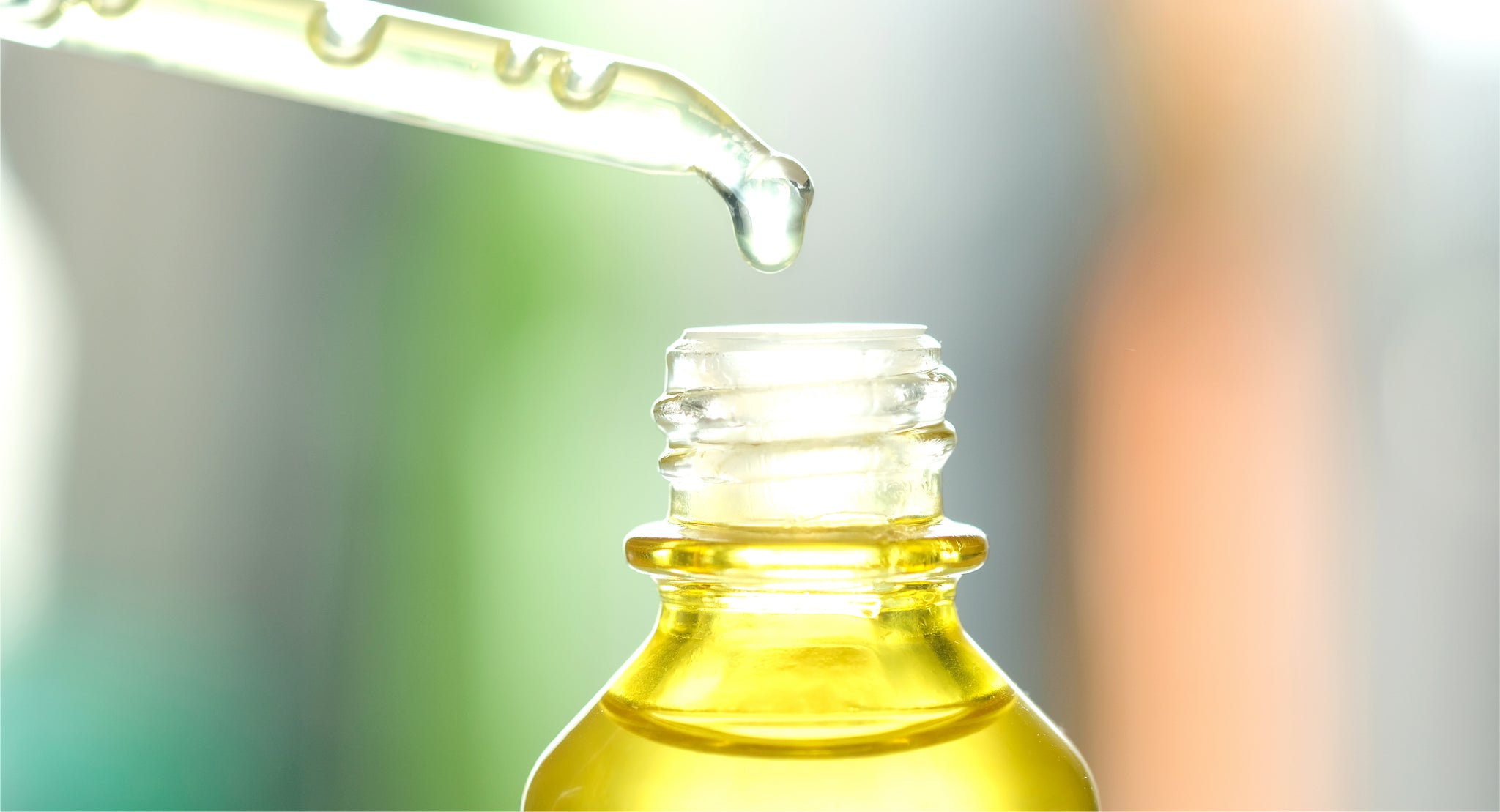Your Cart is Empty
FREE SHIPPING on US orders over $45. Save 25% With Code TAKE25 at checkout.
FREE SHIPPING on US orders over $45. Save 25% With Code TAKE25 at checkout.

When it comes to achieving a youthful, radiant complexion, no product can compete with facial oils. The use of facial oils was an essential beauty practice for millennia (hailing all the way back to ancient Egypt), but it was lost and forgotten when chemicals replaced natural agents in beauty products.
Now, as the beauty world reawakens to the wonders of clean cosmetics, facial oils are enjoying a moment in the sun. And having made a killer comeback — it’s safe to say they’re not going anywhere.
Dermatologists often recommend facial oils for their omega fatty acids, which have been proven to moisturize, boost elasticity, and help with wound healing.
Even so, facial oils remain overlooked in basic beauty routines. Why is that?
People with oily, sensitive, or acne-prone skin types tend to think that facial oils will worsen their condition, which is one of the biggest beauty myths out there! The truth is, there’s a great facial oil for everyone — even oily skin types (afterall, the best remedy for oily skin is hydration).
Let’s dive into which facial oils you should try based on your skin type.
Jojoba oil. If there were a facial oil Olympics, jojoba oil would take the gold. Receptive to all skin types, this oil has been proven to help with dryness, but also works well with oily and acne-prone skin. If you’re trying facial oil for the first time, jojoba is a great place to start.
As with all beauty products, it may take some experimenting with different types of facial oils to find your perfect match. Our guide to facial oils and butters (along with their ranking on the comedogenic scale) can help you find the perfect facial oil for your skin type.
Keep in mind that breakouts, clogged pores, and oil abundance arevery rarely the result of facial oils. On the contrary, facial oil benefits oily skin by locking in healthy moisture (especially when applied to slightly damp skin), preventing the skin from producing an excess of natural oils.